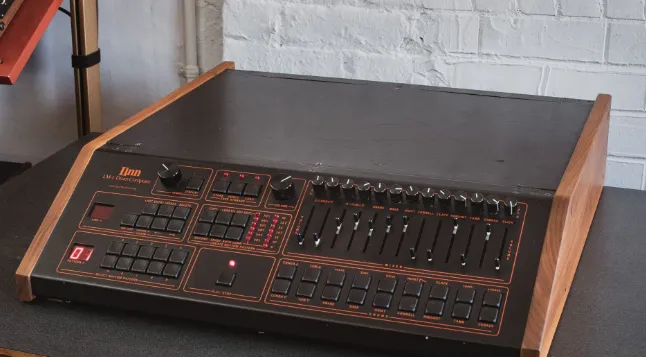
The Linn LM-1 Drum Computer, introduced in 1980, stands as a monumental piece of music technology, often credited with ushering in the era of sampled drums in popular music. Before its arrival, drum machines largely relied on synthesized sounds, which, while innovative, often lacked the organic punch and realism demanded by producers. Roger Linn's creation changed the game entirely by incorporating actual digital samples of acoustic drums.
Its sound is undeniably its most defining characteristic. The LM-1 featured 12 8-bit, companded samples of real drums: bass drum, snare, hi-hat, cymbal, tambourine, conga, cowbell, and clap, along with three tom-toms and a cabasa. While lo-fi by today's standards, this raw, punchy sound was revolutionary at the time and became instantly recognizable. The ability to individually tune each drum sound was a significant innovation, allowing for a level of customization previously unheard of in drum machines. This feature, combined with its intuitive step-sequencing interface, made it a favorite in studios worldwide.
The LM-1's impact on music was profound. Its distinctive sound became a staple of 1980s pop, R&B, and new wave, gracing countless hit records. Artists like Prince, Michael Jackson, Stevie Wonder, and Peter Gabriel heavily utilized the LM-1, cementing its place in music history. Its influence paved the way for future sampling technology and digital drum machines, making it a true pioneer. Despite its high price tag and limited production run (only around 500 units were made), its legacy as the first drum machine to use real drum samples is secure, forever altering the landscape of rhythm production.
Link to free download: https://horrorblade.gumroad.com/l/bdlne